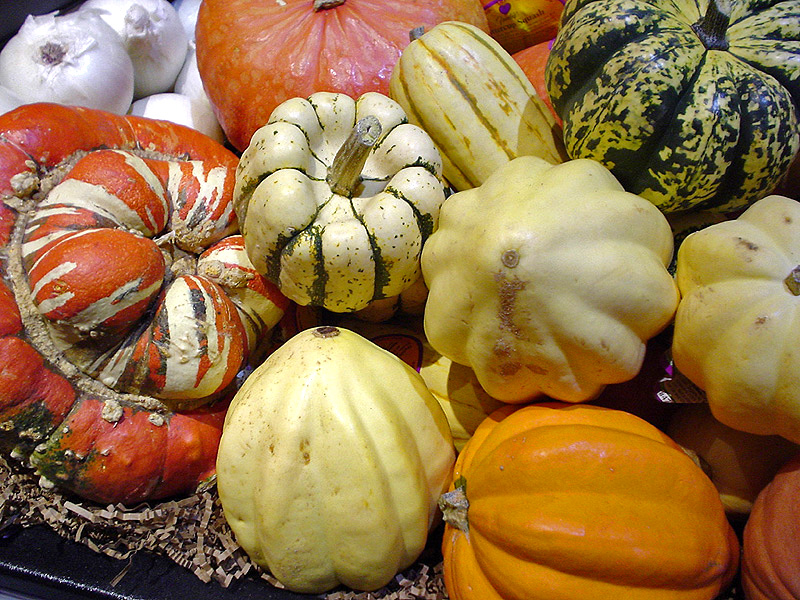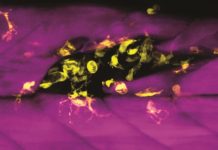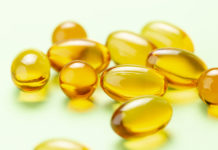 Until middle age, women tend to have lower stroke risks than men. But then menopause happens, and a swirling mix of hormones changes everything. In the 10 years following menopause, women’s risk of stroke doubles, making certain dietary changes — potassium in particular — critically important.
Until middle age, women tend to have lower stroke risks than men. But then menopause happens, and a swirling mix of hormones changes everything. In the 10 years following menopause, women’s risk of stroke doubles, making certain dietary changes — potassium in particular — critically important.
The recommendations come from a new study on behalf of the American Heart Association. The findings showed women’s risk of death or ischemic stroke — those being obstructive strokes, as opposed to bleeding strokes — fell by 16 percent when they consumed greater levels of potassium in their food. And even among all potassium consumers, risk of death was 10 percent lower among those who consumed the most potassium versus those who got the least.
“Our findings suggest that women need to eat more potassium-rich foods,” said Dr. Sylvia Wassertheil-Smoller, the study’s senior author and professor in the department of epidemiology and population health at Albert Einstein College of Medicine. As Wassertheil-Smoller points out, “You won’t find high potassium in junk food.”
When it comes to getting your daily fill of the vitamin, the boilerplate recommendation is bananas. But here’s a case where the conventional wisdom gets it wrong; bananas aren’t as rich in potassium as their branding would suggest. A number of foods, in fact, outperform the humble yellow fruit.
First, consider how much potassium adults are supposed to get in a day. Ask the U.S. Department of Agriculture and they’ll say 4,700 milligrams of the stuff will do you good. Meanwhile, the World Health Organization pegs the number at 3,510. In the latest study, only 16.6 percent of women met or exceeded the WHO’s goal; less than three percent met the USDA’s.
Given the average banana contains 422 milligrams of potassium, meeting even the conservative goal demands you eat more than eight bananas per day. Up it to the USDA’s goal and now you’re putting away 11 bananas. Somehow three bunches a day just doesn’t seem like the most efficient method.
There are a number of healthy alternatives people are already eating on a regular basis. Eight ounces of 100 percent orange juice contains 496 milligrams of potassium, and a cup of fat-free yogurt packs 579 milligrams. One baked sweet potato offers 694 milligrams. And the king of potassium-rich foods, winter squash, delivers 896 milligrams per one-cup serving.
In theory, the ideal diet makes use of all these foods, so that people don’t have to drown themselves in high-sugar orange juice or stuff themselves on starchy potatoes.
The researchers point out added potassium isn’t advisable in all cases, however. Women who suffered from hypertension didn’t see their risk of death fall with greater potassium consumption. Among women who didn’t suffer from hypertension, those who ate the most potassium had a 27 percent lower ischemic stroke risk than women who ate the least potassium.
They also add that potassium consumption comes with an upper limit — it’s a good thing, but you can have too much of it. “People should check with their doctor about how much potassium they should eat,” said Wassertheil-Smoller. In the meantime, eat your winter squash. You’ll see more winters that way.
Source: http://bit.ly/1qus2lx














